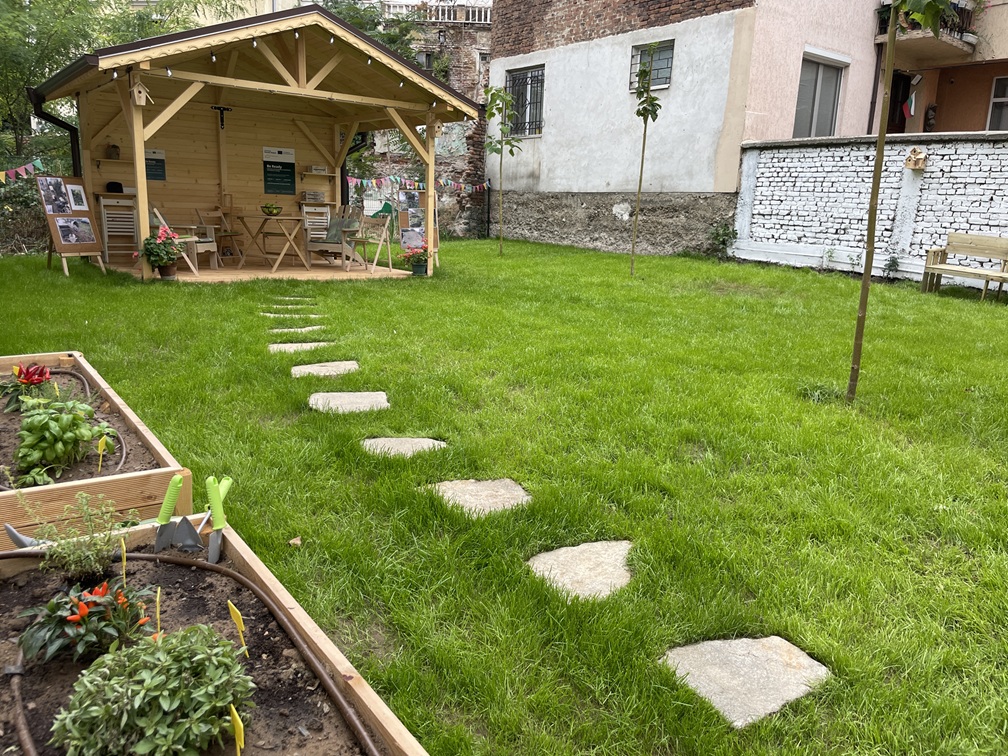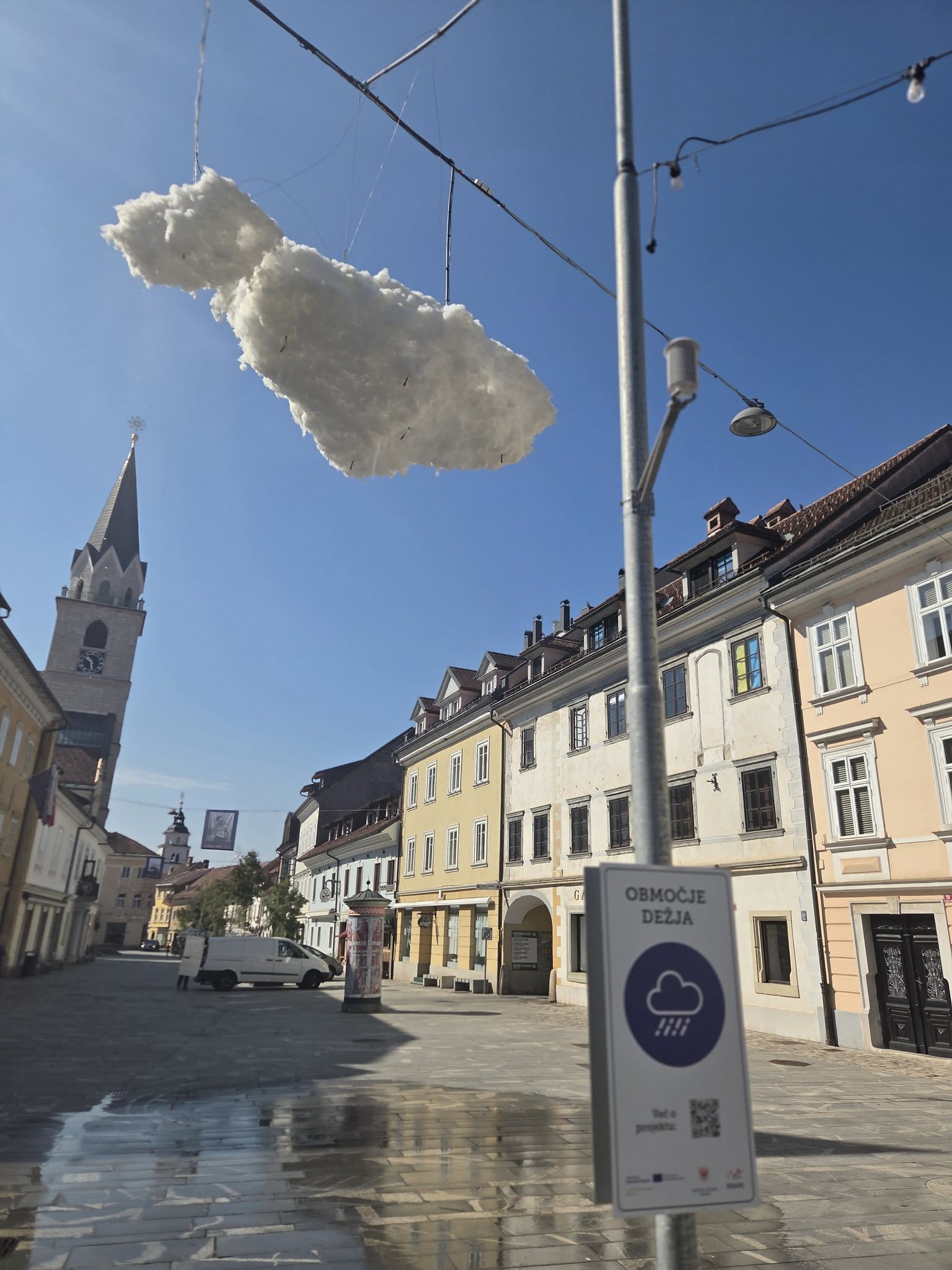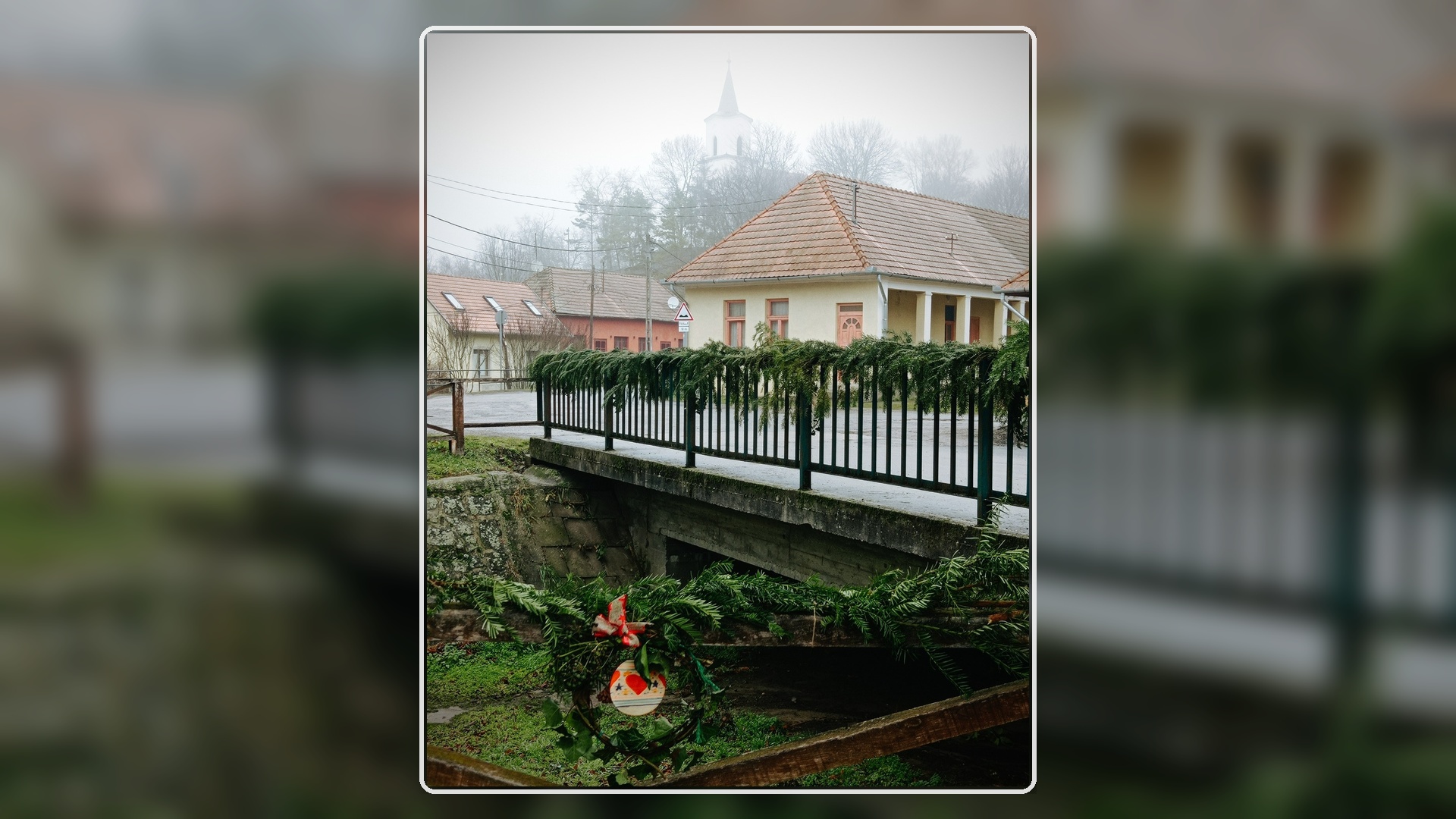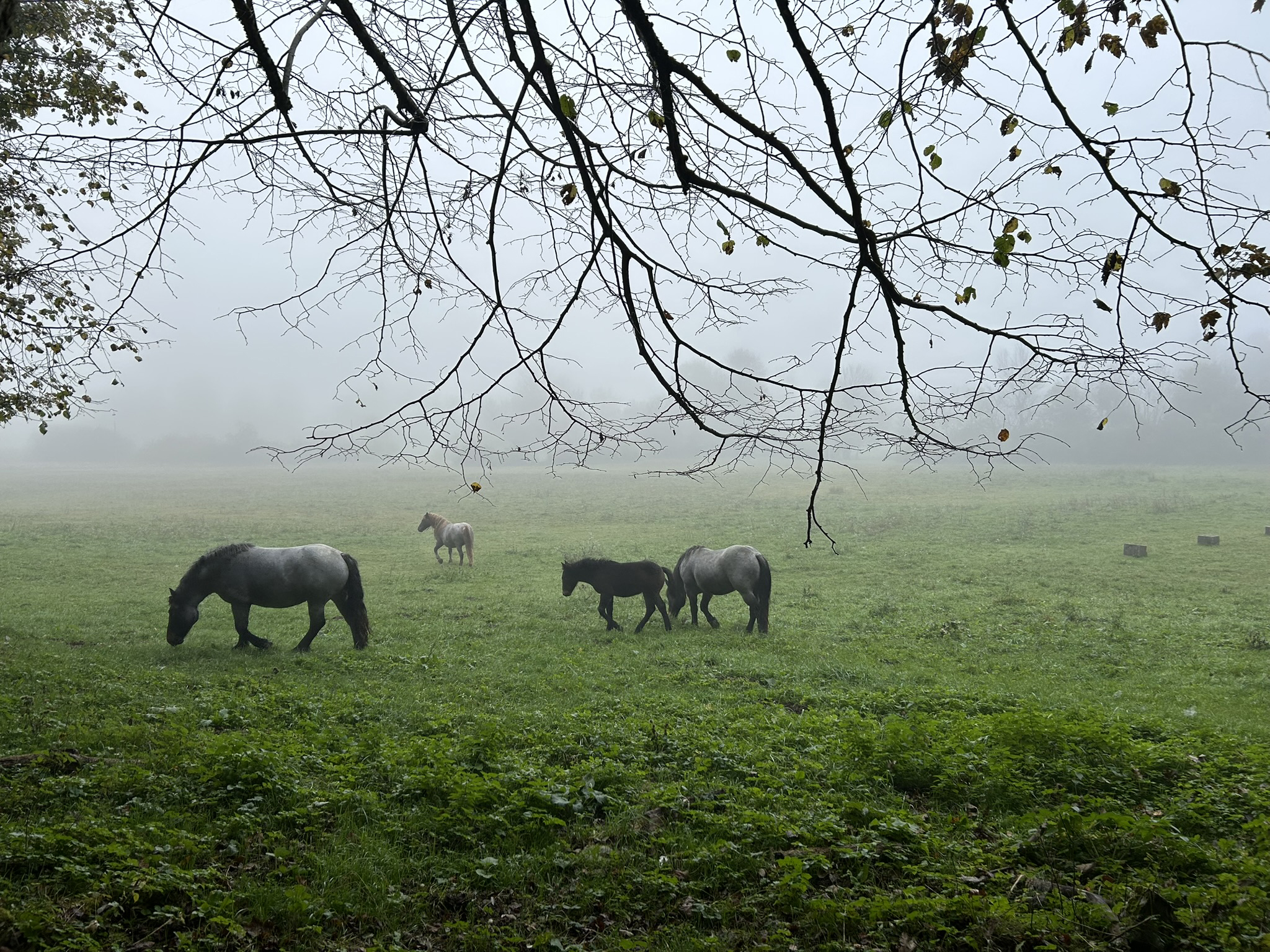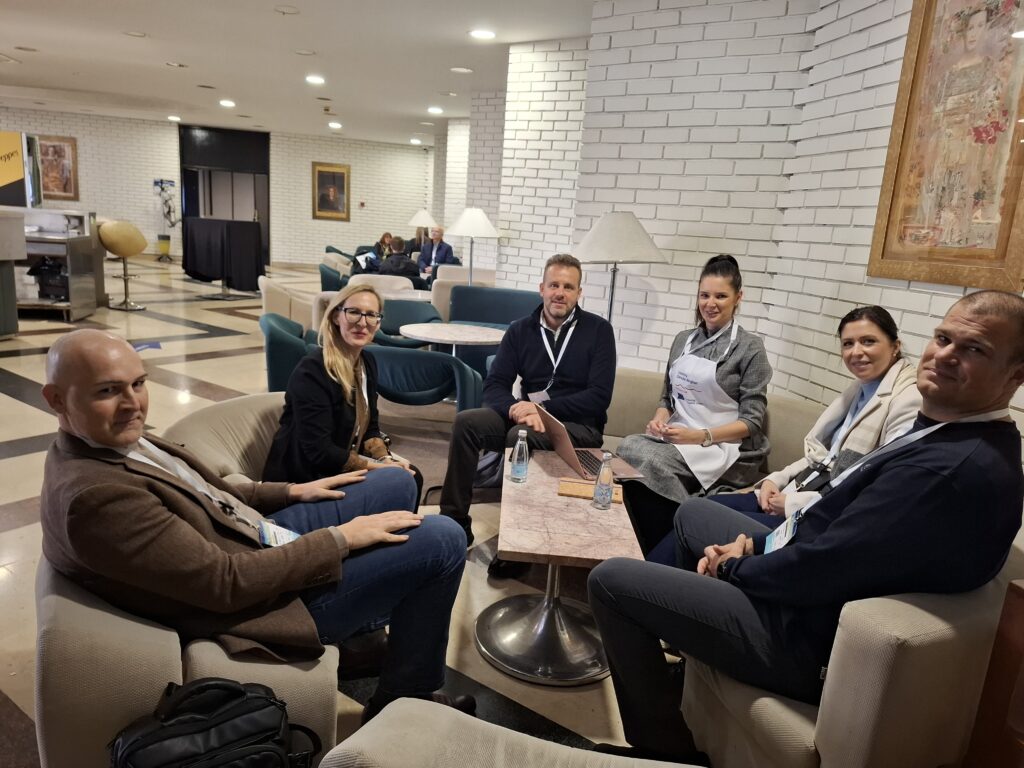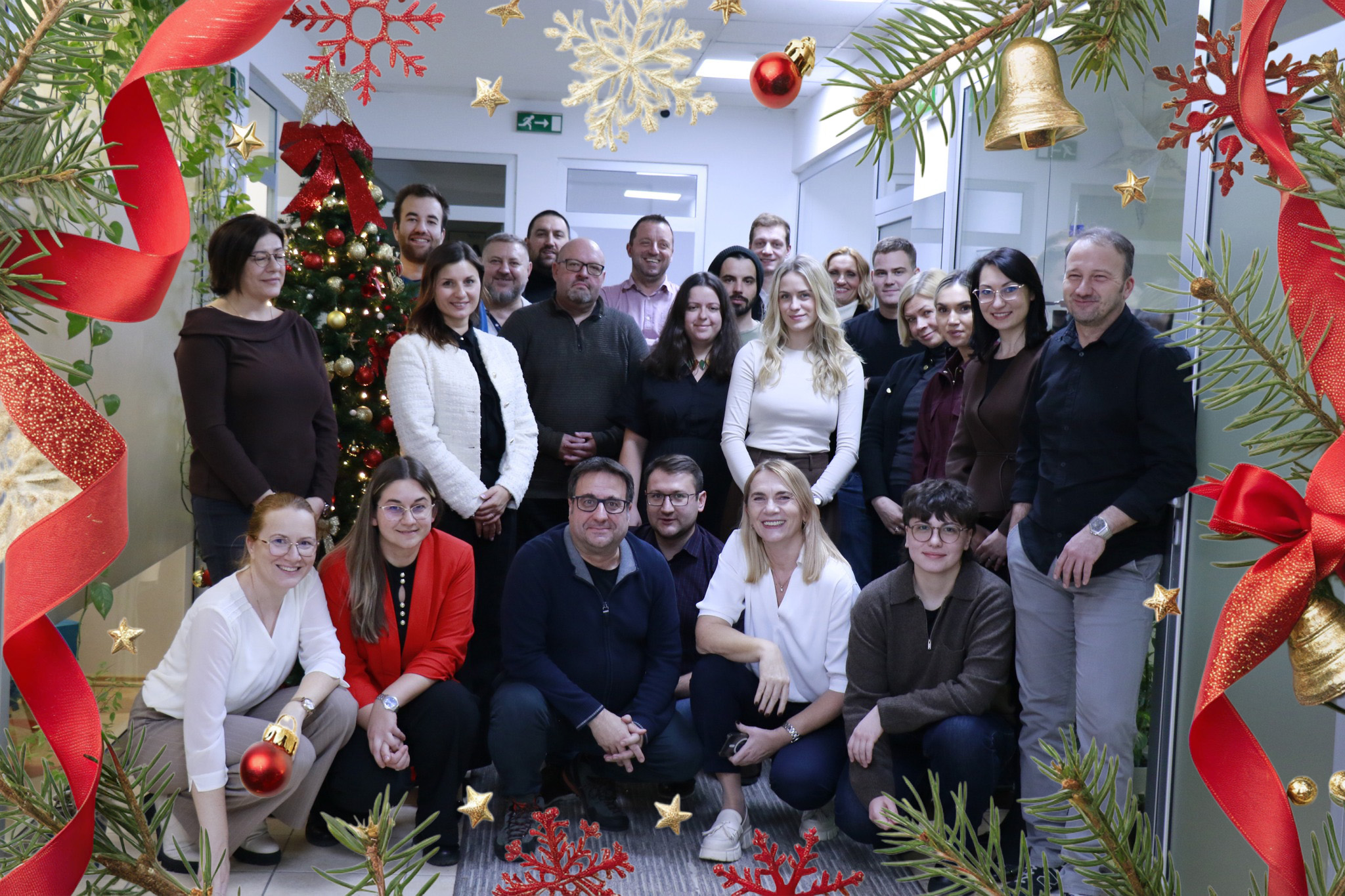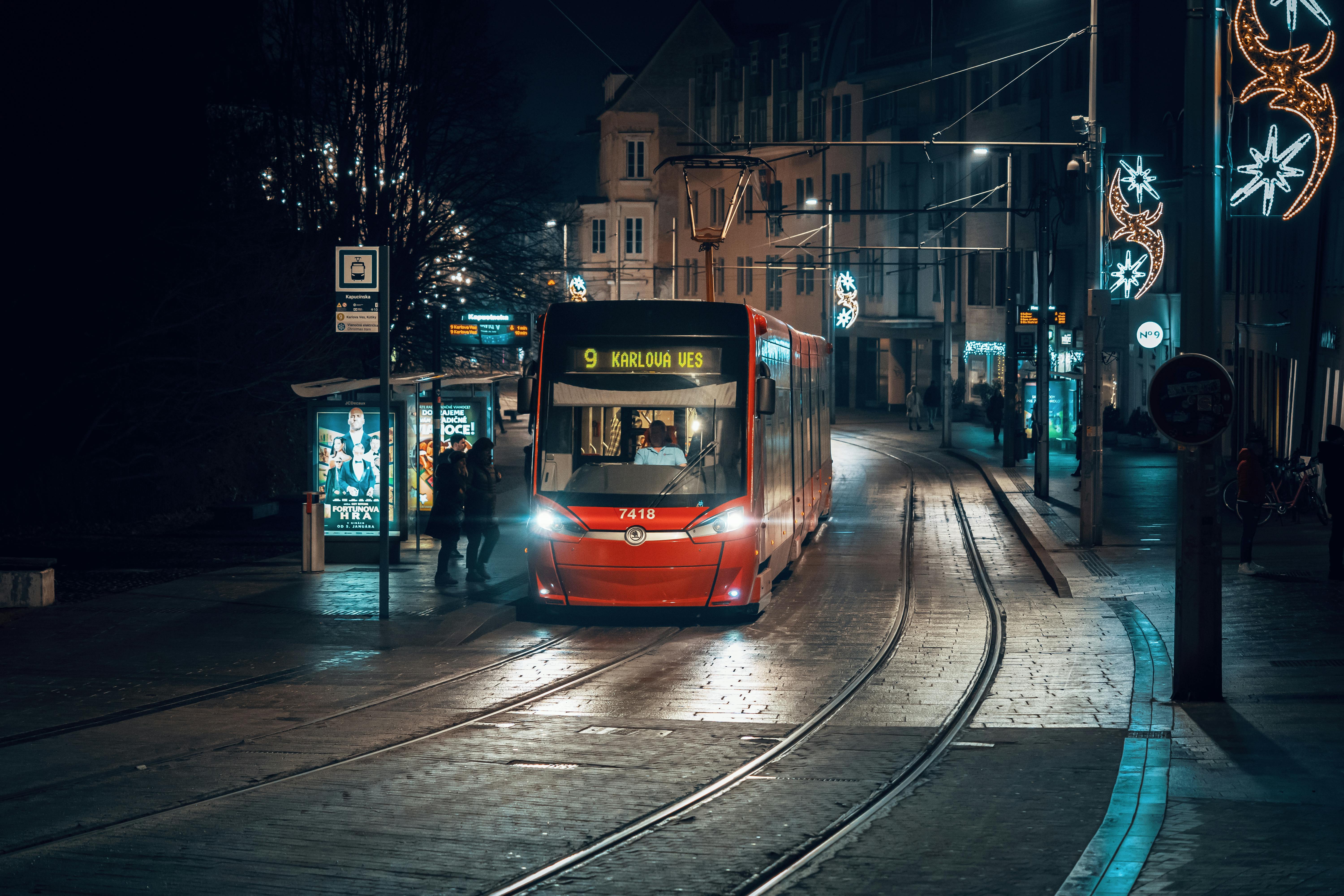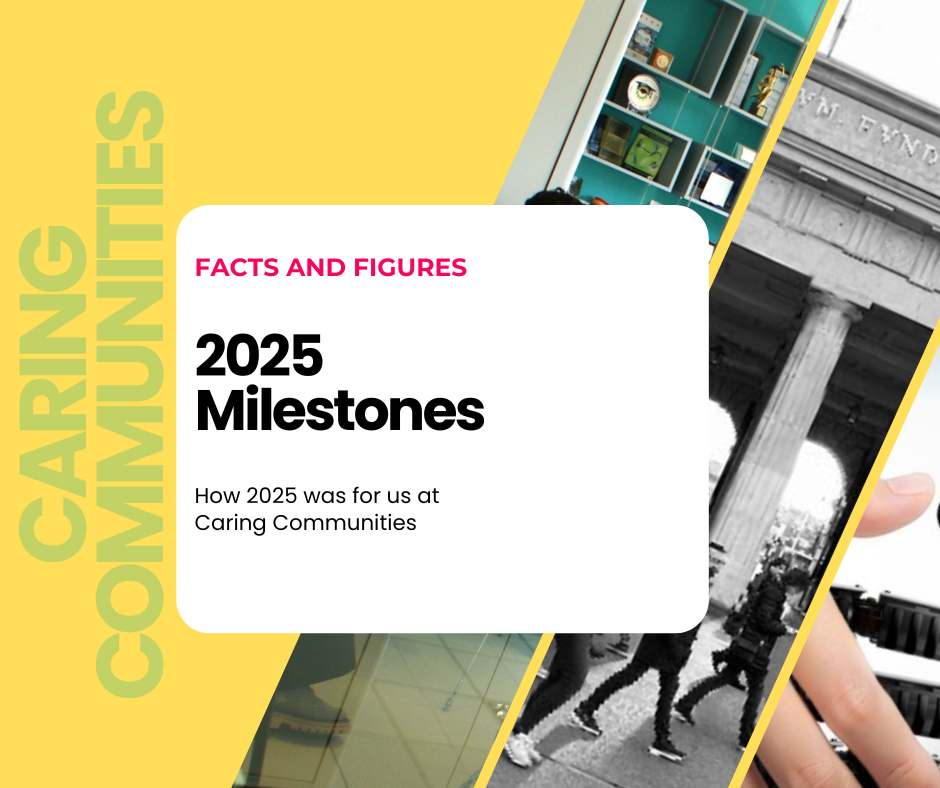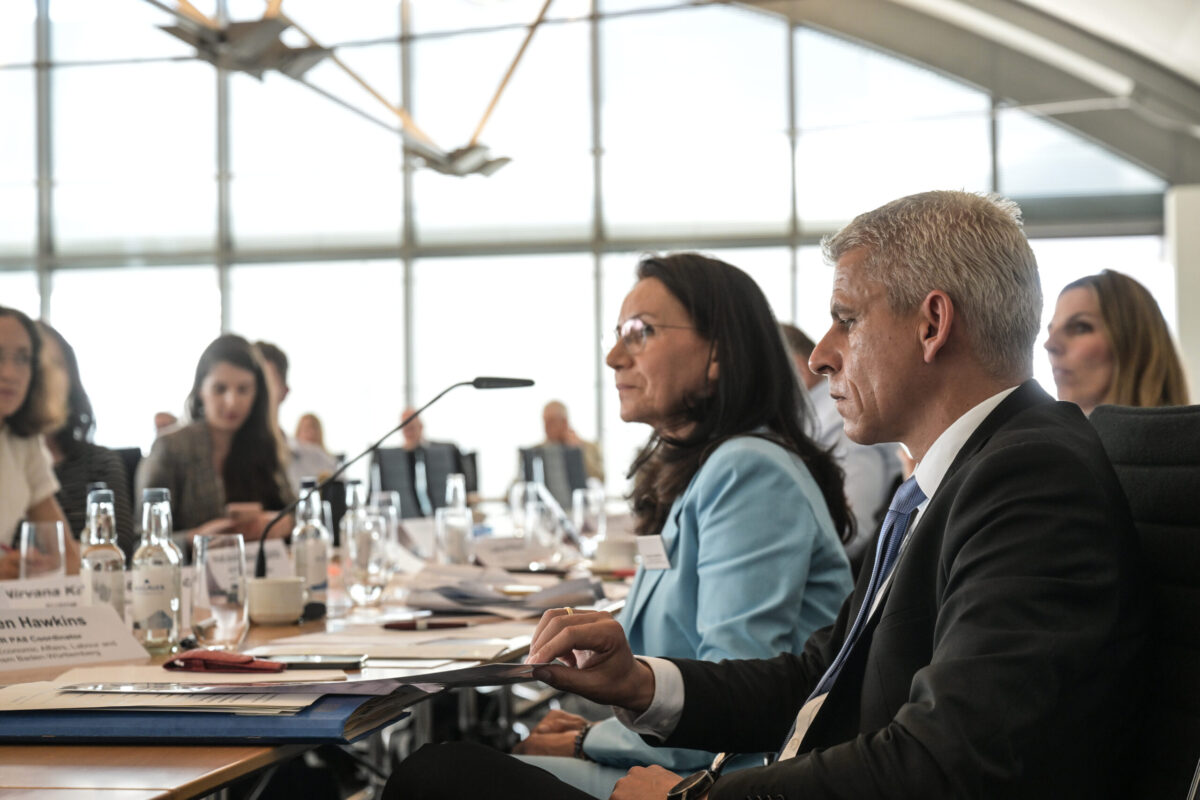
EUSDR and Danube Region Programme launch 36 new projects with Seed Money Facility
In June 2024, the Danube Region Programme took a significant step forward with the approval of 36 new projects through the Seed Money Facility (SMF). This achievement is the result of a collaborative effort between the Priority Area Coordinators (PACs) of the EU Strategy for the Danube Region (EUSDR) and the Danube Region Programme Managin Authority/ Joint Secretariat (DRP MA/ JS).
To gain deeper insights into the impact of the SMF and the collaborative process behind it, we spoke with Carmen Hawkins, Priority Area Coordinator for Competitiveness of Enterprises (PA 8) and representative of the Ministry of Economic Affairs, Labour and Tourism Baden-Württemberg, who has been coordinating this initiative alongside the Croatian Ministry of Economy since her appointment in September 2022.
The Danube Region Programme is very pleased with the productive cooperation with the EUSDR governance bodies. This well-coordinated effort has led to the development of 36 promising projects for the region. How would you describe the collaboration with the DRP MA/ JS in this regard?
The cooperation with the DRP MA/ JS is exemplary and highly positive. Concerning the Seed Money Facility Call (SMF), the priority area coordinators (PACs) were already involved in the planning phase and were able to make suggestions. To my great delight, our suggestions were taken into account – such as increasing the possible funding per project to up to €100,000 – which significantly enhanced the attractiveness of the SMF call.
Additionally, we PACs were actively involved by the DRP MA/ JS in promoting the SMF call. We informed our stakeholders early on in our meetings and extended the reach by speaking at conferences and other events.
We PACs were then invited to be involved in the evaluation of the applications received. This allowed us to gain an overview of the applications and provided valuable insights into the content. For us as coordinators, it is crucial to have a good overview and a clear understanding of the thematic focus of the projects. I am very pleased with how closely the DRP MA/ JS has worked with us, and I firmly believe that this strong cooperation is key to achieving success.
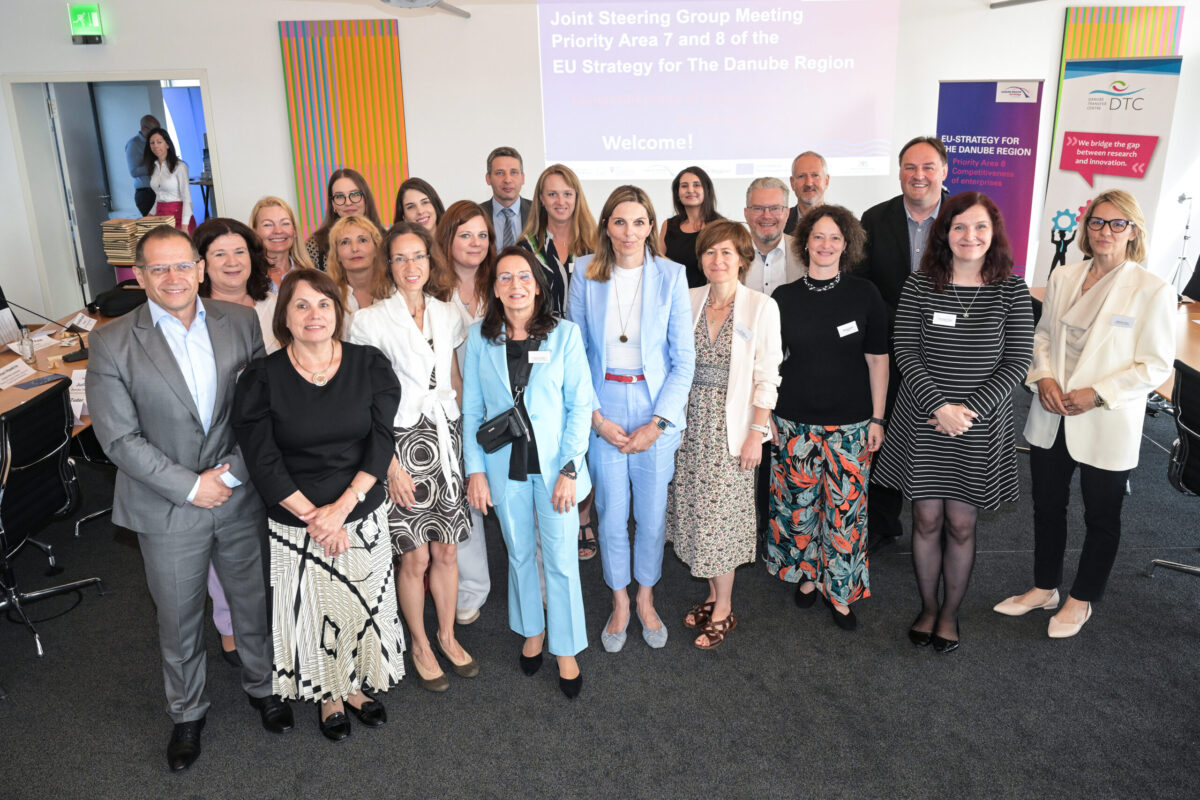
Joint Steering Group Meeting of PA 7 and PA 8 on 8 July 2024 in Ulm, Germany. Photo: EUSDR
Did this evaluation process give the EUSDR PACs a sense of ownership over the selected SMF projects?
We PACs are now much more connected to the projects and very importantly, also to the lead partners of the projects, if not beyond. Having an overview and understanding of the content of new projects is essential for staying informed about the latest trends, knowledge, and developments within our thematic areas.
In PA 8, we have started to publicize the projects through our website and on LinkedIn by sharing articles and news posts. This has also opened opportunities for feedback from stakeholders outside the EUSDR, for example on the new HUMANOID project led by Pannon Business Network in Hungary. This level of engagement would have been unimaginable without the close involvement facilitated by the DRP MA/ JS.
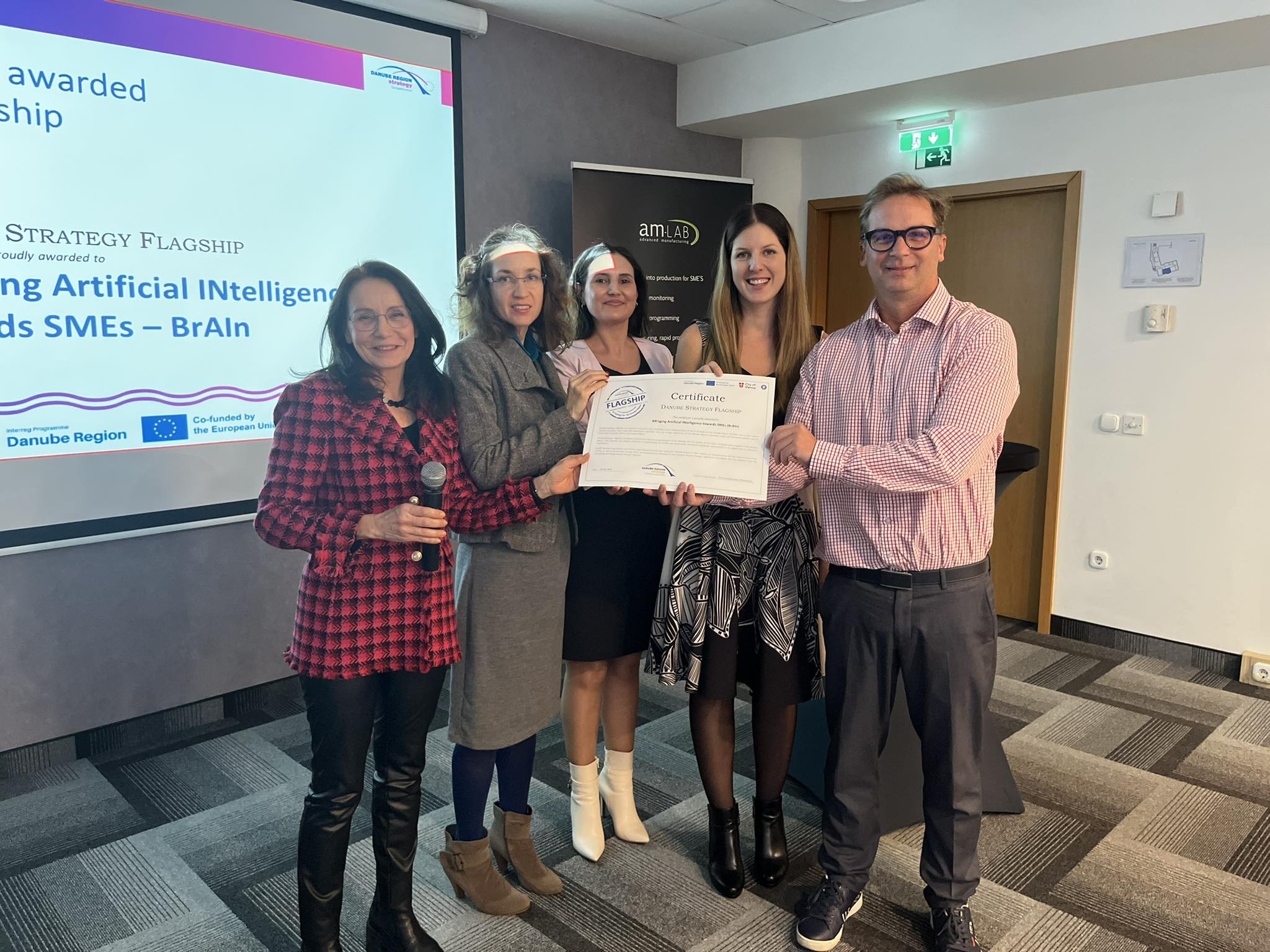
Handover of the Danube Flagship Certificate on January 22, 2024, at the Kick-off meeting of the BrAIn project led by Pannon Business Network in Budapest, Hungary. Photo: EUSDR
Eight projects aligned with PA 8 were approved. In your opinion, how might these projects contribute to enhancing the region's competitiveness?
With the funding of 8 SMF projects in the area of PA 8, a total of 28 partners from the entire Danube region now have opportunity to collaborate on the development of larger projects for up to one year. The topics of the projects have a wide range, from “establishment and sustainable operation a hub of excellence that interconnects three innovation ecosystems from Slovenia, Romania and Bulgaria in the field of sustainable and circular economy of raw materials in the Danube region”, to “the elimination of the knowledge gap in development of the circular economy applied to end-of-life photovoltaic panels”, or “the exploration of the potential for adopting bio-based solutions” to “tackling the low awareness about foresight in the Danube region and broader society” and many further initiatives”.
I expect a lot of content-related impetus, many ideas will be ‘planted’ through the exchange between the project partners and the SMF projects will certainly lead to many larger EU-funded projects, driving innovation and solutions across a wide range of areas.
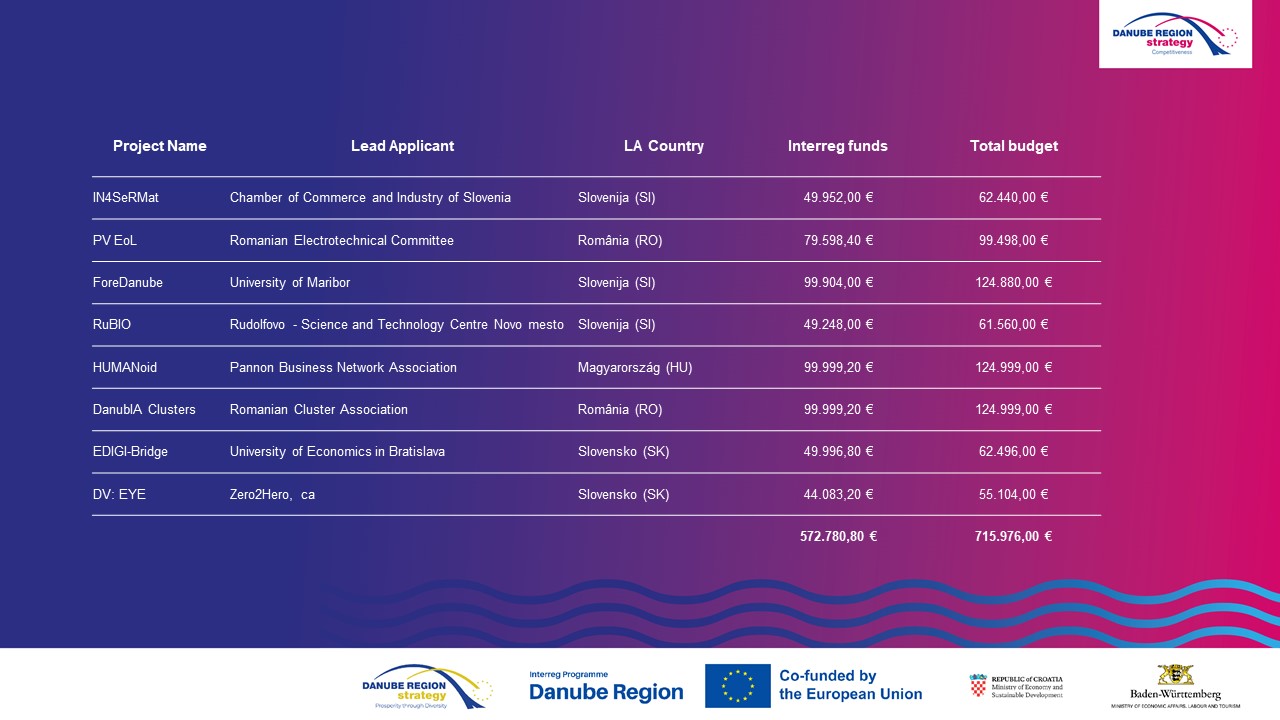
Photo: EUSDR
The DRP and EUSDR are working closely together. For example, the specific objectives of the Danube programme are aligned with the EUSDR priority areas. How would you describe this symbiosis? What are the benefits both partners can provide to each other?
Together, the EUSDR and DRP form a solid foundation for the continuous development of the Danube region. The EUSDR provides the framework, facilitating networking among stakeholders from various sectors and countries across the Danube region. This takes place through the events, conferences and meetings like the Annual Forum, the meetings of the National Coordinators and Priority Area Coordinators, the Steering Group meetings of the 12 Priority Areas, the Working Group Meetings, but also through the many thematic events and conferences organised by the respective PAs and other stakeholders.
However, it is the DRP’s funding that enables the sustainable cooperation of experts from different countries in Interreg projects, fostering the development of innovations and solutions. A particularly important aspect is that project partners from the five EU accession candidate countries can participate in the projects as equal partners and receive funding. The EUSDR is unique in this regard, as the DRP makes it possible for non-EU partners to access funds. The funding opportunities provided by the DRP, tailored precisely to the Danube region, with its diversity and variety, are crucial to ensure that the region can develop from the many people and contacts linked through the EUSDR. The stable cooperation between DRP and EUSDR is a key factor in ensuring the sustainable future of the Region.
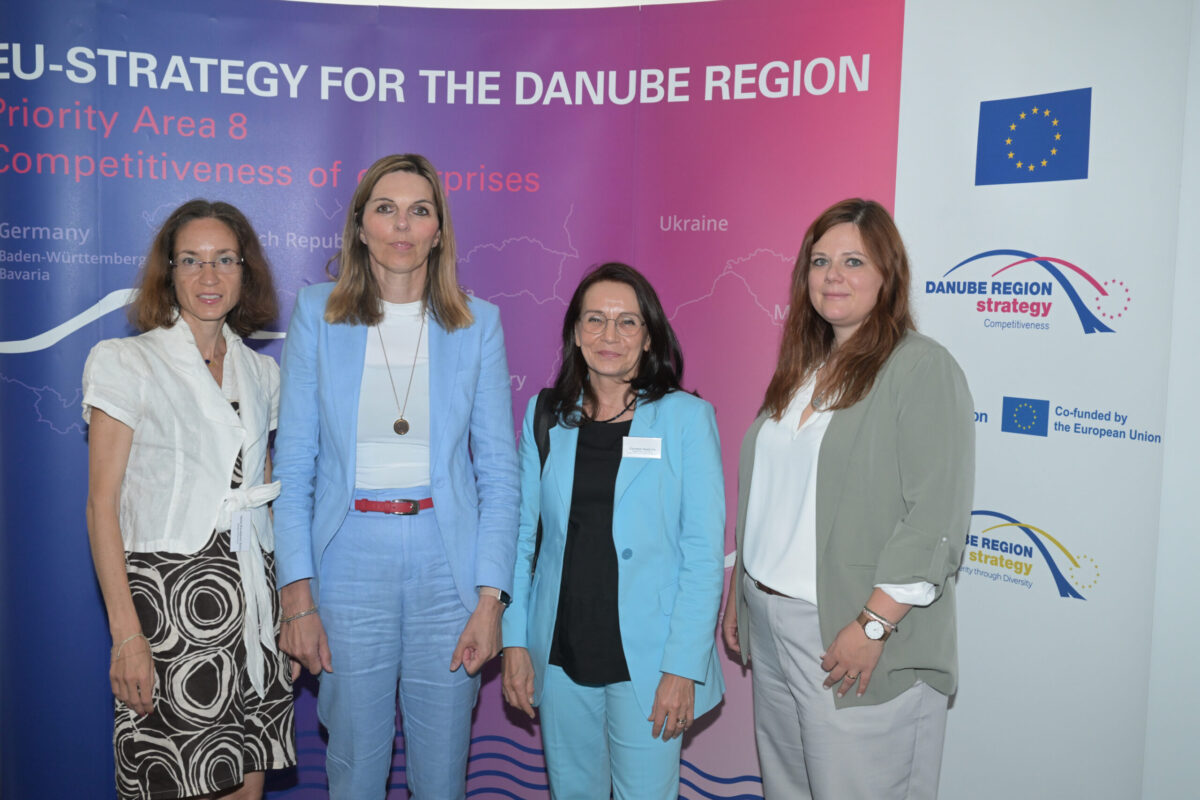
The Priority Area Coordinator of PA 8, Carmen Hawkins is third from the left. Photo: EUSDR
News & Events
Explore our upcoming events and read news regarding our programme and project activities.
